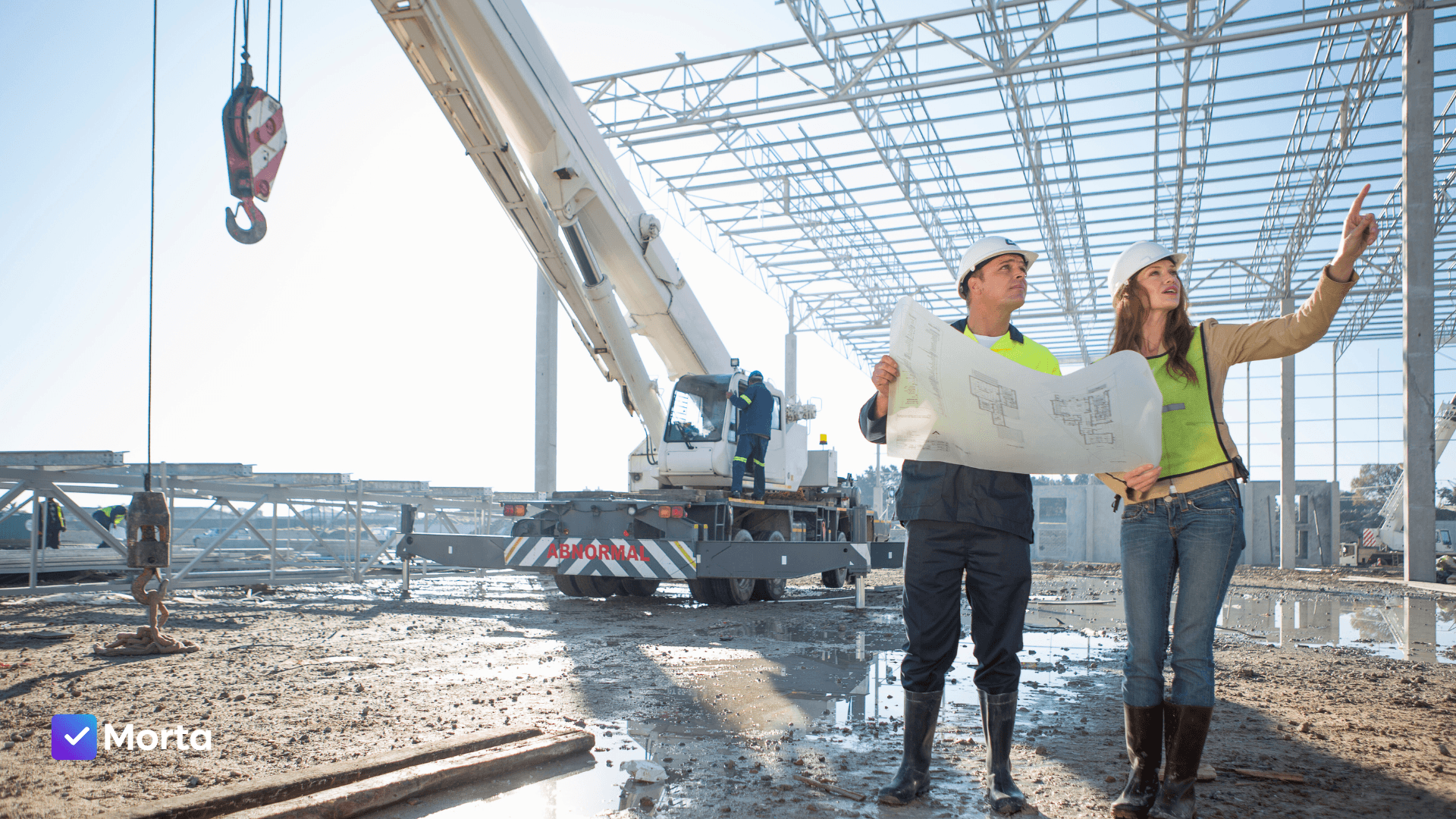Alyssa Castillo

For property developers, whether you are running a large corporate operation or working independently, understanding what a development appraisal is and how to use it effectively can make the difference between a project that thrives and one that struggles.
In this article we will explore what appraisal for real estate development really means, why it matters, what happens if you skip it or do it badly, how it differs from valuation, and what you need to consider when creating one.
In its simplest form a development appraisal (also referred to as a “development appraisal” or “appraisals in property development”) is a financial model or assessment designed to determine whether a proposed development project is commercially viable. It involves estimating the costs, revenues, risk and returns of a project to test whether it should proceed.
In practice this means property developers calculate anticipated gross development value (GDV), deduct costs of land, construction, planning, finance, professional fees, and then assess whether the projected return (profit or yield) meets their required hurdle.

For anyone involved in property development (developers, investors, lenders, and landowners), carrying out proper appraisals delivers several benefits:
A robust development appraisal helps you answer the fundamental question: is this project worth doing? By modelling costs, time, risk, and revenue you move beyond gut instinct to a fact-based decision.
When you have an appraisal you are more likely to identify hidden costs, delay risks, planning obligations, financing interest, or market shifts ahead of time. Appraisals act as a shield rather than an after-the-fact comfort blanket.
For example, in commercial real estate the role of appraisals in financing decisions is emphasised: “accurate and detailed appraisals are essential for supporting financing decisions as they provide a clear assessment of property values” in a context of market uncertainty.
Whether you are negotiating the price of land, arranging project finance, or entering a JV, having an appraisal gives you a credible basis for discussion. It ensures you are not bidding too high for land or funding simply on hope.
Once the project is underway an appraisal provides a baseline for cost to date, revenue forecasts, return expectations. If you revisit your assumptions you can identify early whether things are going off track and correct the course.
Especially when you are working with multiple stakeholders (investors, lenders, partners) an appraisal helps all parties align around the numbers rather than disparate expectations. It helps create trust and sets measurable benchmarks.
Get Started for Free
Neglecting proper development appraisals or conducting them superficially can cause serious problems. Here are some of the consequences:
Without a proper appraisal you may assume optimistic revenue (sales values, rental yields) or ignore hidden costs (planning delays, financing cost, inflation, contingencies). This leads to thinner profit margins or even a loss.
If you buy a site without modelling the cost base and what returns you can realistically achieve you risk paying too high a price for the land. That reduces your margin or makes the scheme unviable.
Lenders will scrutinise development appraisals. If you go into the project without a strong appraisal you may fail to get finance or be exposed to refinancing risk.
Without an appraisal you might proceed with a scheme that offers inadequate return, or pass on a scheme that was viable because you lacked visibility.
Without a baseline model you cannot compare actual performance to expectation; this means you cannot easily identify when your project is slipping.
Especially in corporate development or when working with external investors, delivering a project without proper appraisal can undermine confidence and future deal flow.
In short, skipping the appraisal step or doing it poorly is akin to flying without navigation, you might get somewhere but you risk a costly deviation or crash.
Get Started for FreeAppraisals vs valuations: what is the difference?
It is easy to use the terms “appraisal” and “valuation” interchangeably, but in property development the nuance matters.
A valuation typically refers to assessing the value of an asset (an existing property or site) at a specific point in time using recognised methods (sales comparison, income, cost approach) essentially to arrive at a market value.
An appraisal, especially when we say development appraisal, is forward-looking. It models a development proposal, incorporating anticipated costs, time, revenues, risk, and projected return.
Here are some distinctions:
For example, one industry piece states that a development appraisal “is similar to residual land valuation” and emphasises the need to treat it separately from simple valuation.
For property developers the distinction matters because the task is not simply valuing a site but figuring out whether a scheme will deliver the margin, return and risk profile you require.

When preparing a development appraisal you need to ensure your model captures all the major factors and is transparent and defensible. Here are key things to consider, each one also offers a way in which Morta can support you.
Estimate what the completed development will yield in terms of sale value or rental income. Consider market comparables, timing, demand, absorption rates, and likely value at completion. Morta can help by providing scenario-modelling and comparing multiple revenue outcomes so you don’t rely on a single assumption.
This includes the purchase price of the land or site, plus legal costs, fees, stamp duty or transfer tax, site investigation cost, and any remediation or enabling works. With Morta you can allocate and monitor land cost assumptions and compare them across similar sites.
You need to model hard costs (materials, labour), soft costs (design, approvals, project management), contingencies, inflation escalation, and time delays. Morta supports real-time cost templates and lets you adjust costs by region or construction type so your appraisal remains grounded in current market rates.
Planning applications, architect and engineer fees, environmental assessments, legal costs, project insurance, and planning obligations (for example affordable housing or infrastructure contributions) all need to be built in. Morta allows you to embed those obligations in your model and see their impact on margins.
Development projects carry financing risk. You must model interest on debt, equity costs, draw-down schedules, interest during construction, and release of funds at handover. Morta’s timeline features allow you to map cash-flow, interest cost and draw-down phases clearly.
Marketing, sales commissions, agent fees, fit-out costs, show-home costs, and post-handover build-out or warranty costs need inclusion. Morta lets you assign these costs per unit or phase and monitor their effect on your profit line.
What happens if construction takes longer, materials cost more, market values drop, planning is delayed? Your appraisal should include contingency buffers, sensitivity analysis (downside scenarios) and risk premiums. Morta’s scenario-analysis tools enable you to run multiple “what-ifs” so you are prepared for variation.
Time is money. Delays mean additional cost and lost revenue. Your appraisal should map the schedule from land acquisition, design, approvals, construction, sales or leases, and handover. Morta lets you embed the timeline and view the cash-flow implications, enabling you to monitor whether you are meeting your targets.
After inputting all the above costs you will calculate profit on cost, return on investment (ROI), internal rate of return (IRR) or developer margin. Without a clear target you cannot judge if the scheme is acceptable. Morta helps you visualise the margin and compare across different site options or development strategies.
If your scheme is to be held, you need to consider valuation at handover or residual value of unsold units. If your scheme is to be sold, you need to factor in what price you will achieve at that point. Morta lets you integrate residual value assumptions and test sensitivity to exit timing or market shifts.
In a busy development environment time is scarce, especially if you are an independent developer or a small corporate team. A dedicated tool for appraisals and development modelling like Morta enables you to:
In essence, by embedding Morta into your appraisal process you shift from doing manual spreadsheets to having a streamlined, reliable system that supports your decision-making.
For property developers who want to make certain their schemes are grounded in business reality the process of development appraisal must be a key part of your toolkit. Skipping it or treating it as a box-tick exercise invites cost blow-outs, mis-valued sites, margin erosion and reputational risk. By contrast, a well-thought-through appraisal gives you clarity, control and alignment across stakeholders.
Using a structured software solution such as Morta helps you standardise your approach, run more robust scenario analysis, monitor deviations from plan and make better decisions. Whether you are a large corporate developer or an independent operator starting out in property development, making appraisal best practice integral to your workflow is the step that separates projects that deliver value from those that just take time and money.
If you are ready to take your development appraisal process to the next level, a tool built for developers makes all the difference.
Get Started for Free